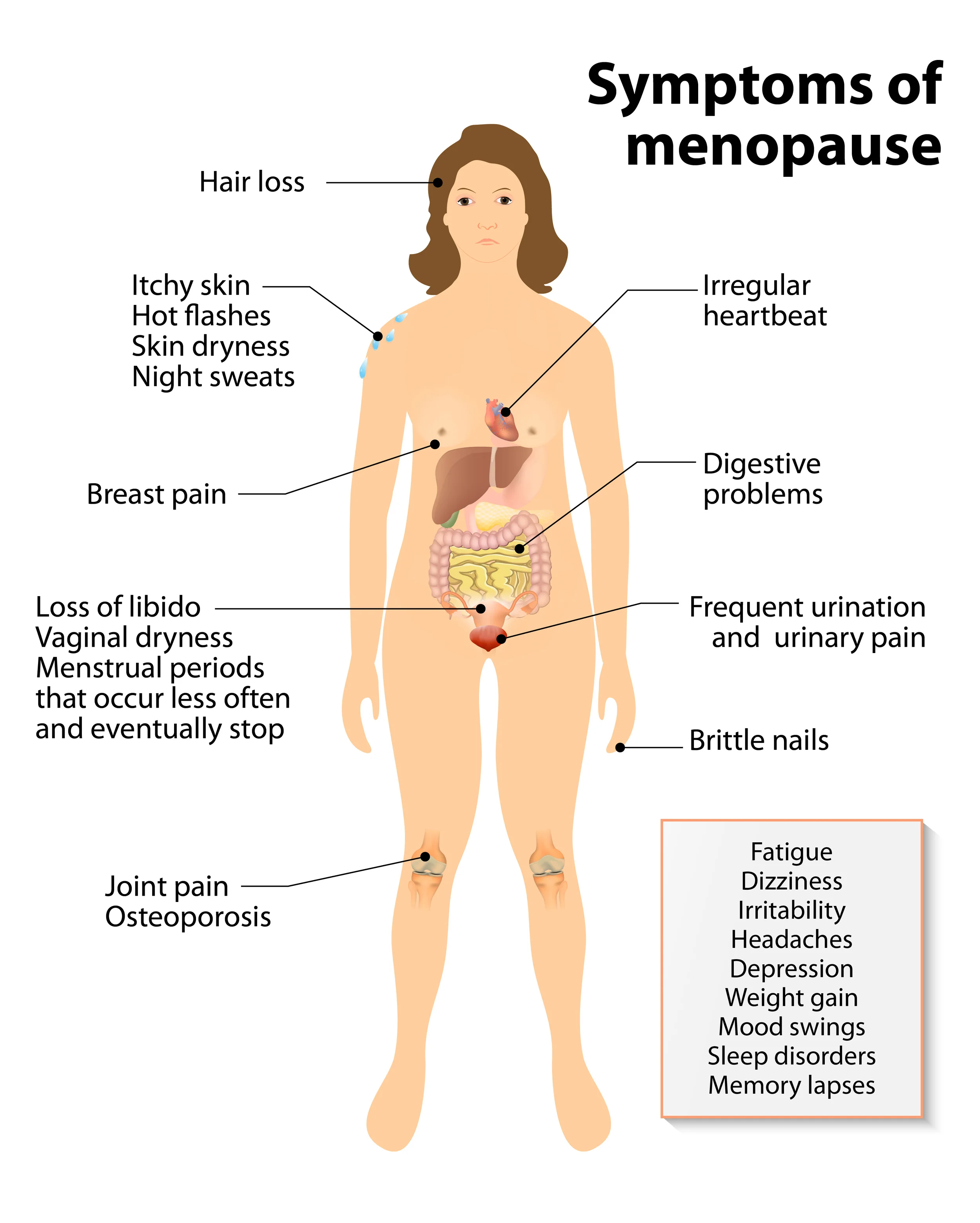How Long Does Menopause Last After Last Period

Perimenopause and menopause symptoms can last anywhere from a few months to more than 10 years.
How long does menopause last after last period. Menopause is the point when a woman no longer has menstrual periods for at least 12 months. Menopause can happen in your 40s or 50s but the average age is 51 in the united states. Menopause perimenopause and postmenopause are stages in a woman s life when her monthly period stops. Ordinarily your menstrual cycle occurs every 21 to 35 days and lasts from 2 to 7 days.
For years after having kids i had very long heavy periods. Some months the ovaries might not produce sufficient levels of estrogen and progesterone preventing menstruation altogether. During the years leading up to that. Menopause officially begins and ends when you haven t had your period for 12 consecutive months.
Menopause is a natural biological process. Perimenopause is the first stage in this process and can start eight to 10 years before menopause. Menopause is a normal part of aging and it s actually a point in time 12 months after a woman s last period according to the national institute on aging nia. However perimenopause periods can last much longer.
1 there are no hard and fast rules as menopause begins and ends on its own schedule. Although there is a usual range for how long menopause symptoms last each woman s journey is unique. Once you ve gone 12 months without a period you ve reached menopause. This is the end of a woman s reproductive years.
How long are normal perimenopause periods. The time period before menopause is called perimenopause. This usually happens between the ages of 45 and 55. It s diagnosed after you ve gone 12 months without a menstrual period.
Menopause is the time that marks the end of your menstrual cycles. How long does menopause last. Menopause symptoms last an average of 4 5 years following a person s last period and 7 4 years in total according to a study published. But i m wondering how sudden it was or whether there was a gradual decline.
The transition often takes about four years but some symptoms may last longer.


